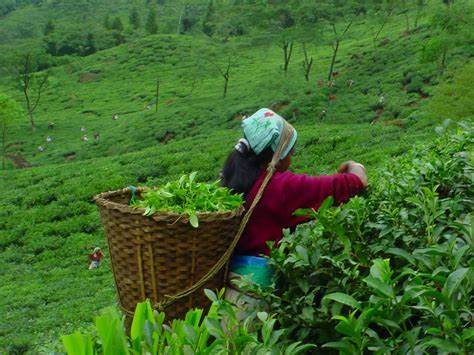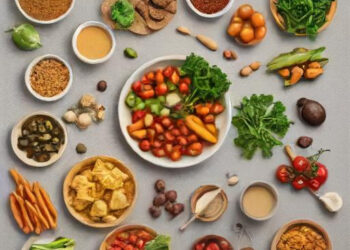-KH News Desk (cbdigital@imaws.org)
The Darjeeling tea industry produces the most well-known aromatic tea in Europe, but sales are currently down at least 10% to 15% from last year, nearly perfectly coinciding with the start of the recession in Germany.
Around 20 to 25 percent of Darjeeling’s yearly tea production is attributed to the first flush, which heralds the beginning of a new season.For both quantity and quality of the first flush, which is unique and commands the greatest price on the market, Darjeeling tea is dependent on rain and pleasant weather.
More than 3 million kg of Darjeeling tea were exported overall in 2017. The average annual export of tea is between 45 and 50 percent. This premium tea, the first product in India to receive a geographical identification tag, has two significant international markets: Europe and Japan
Hot and extremely dry weather conditions in the hill likely results in a 30–40% reduction in crop size. The two major international marketplaces, Europe and Japanare showing very less demands and absolutely no price rise at all. Exporters claim that this year’s volume offtake in Japan is likewise low, the weak yen in Japan makes the country particularly price resistant.
The second flush of tea has now been delayed by minimum of two weeks due to the extreme hot weather situations.
“Germany is the consuming and trading hub for Darjeeling tea in Europe. In Europe, the demand is at least 10-15% less compared to last year. Moreover, unit sale price is same to marginally lower”, states Anshuman Kanoria, chairman of Indian Tea Exporters Association.







